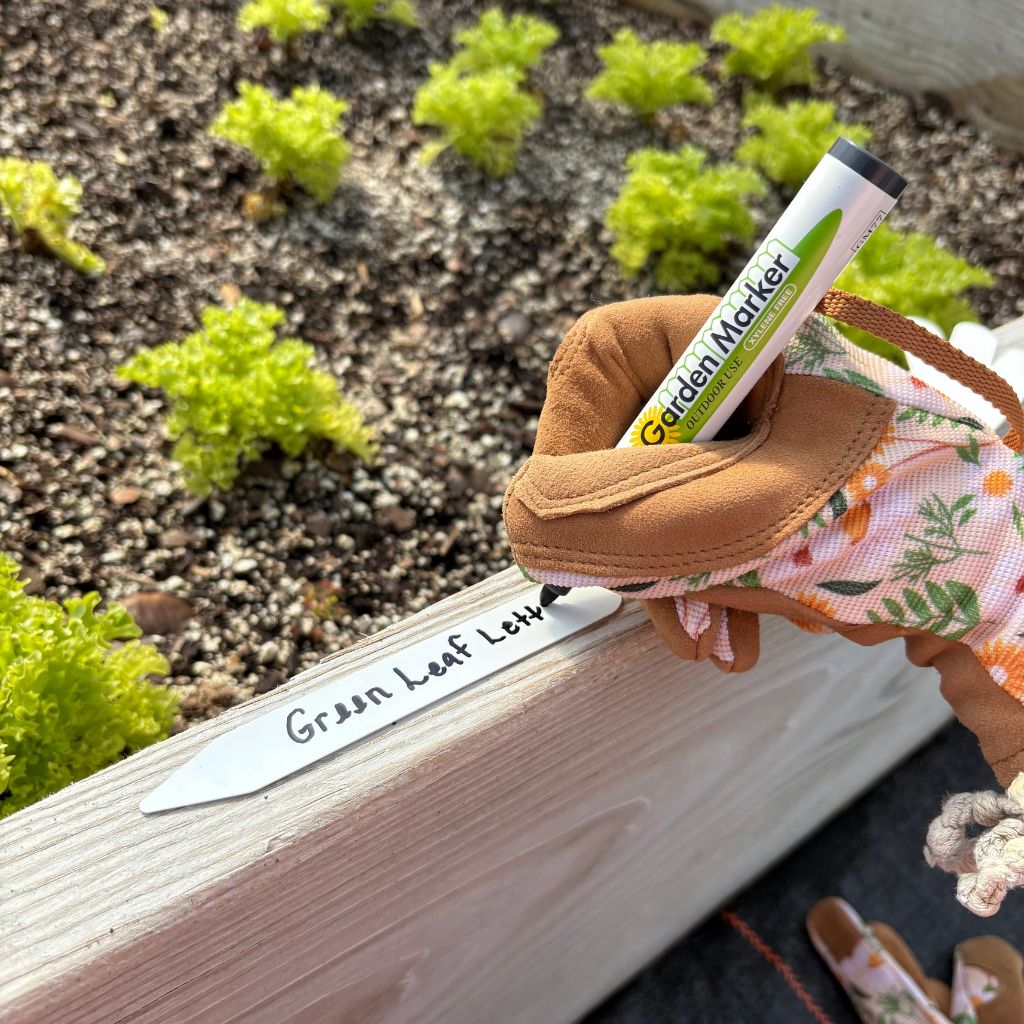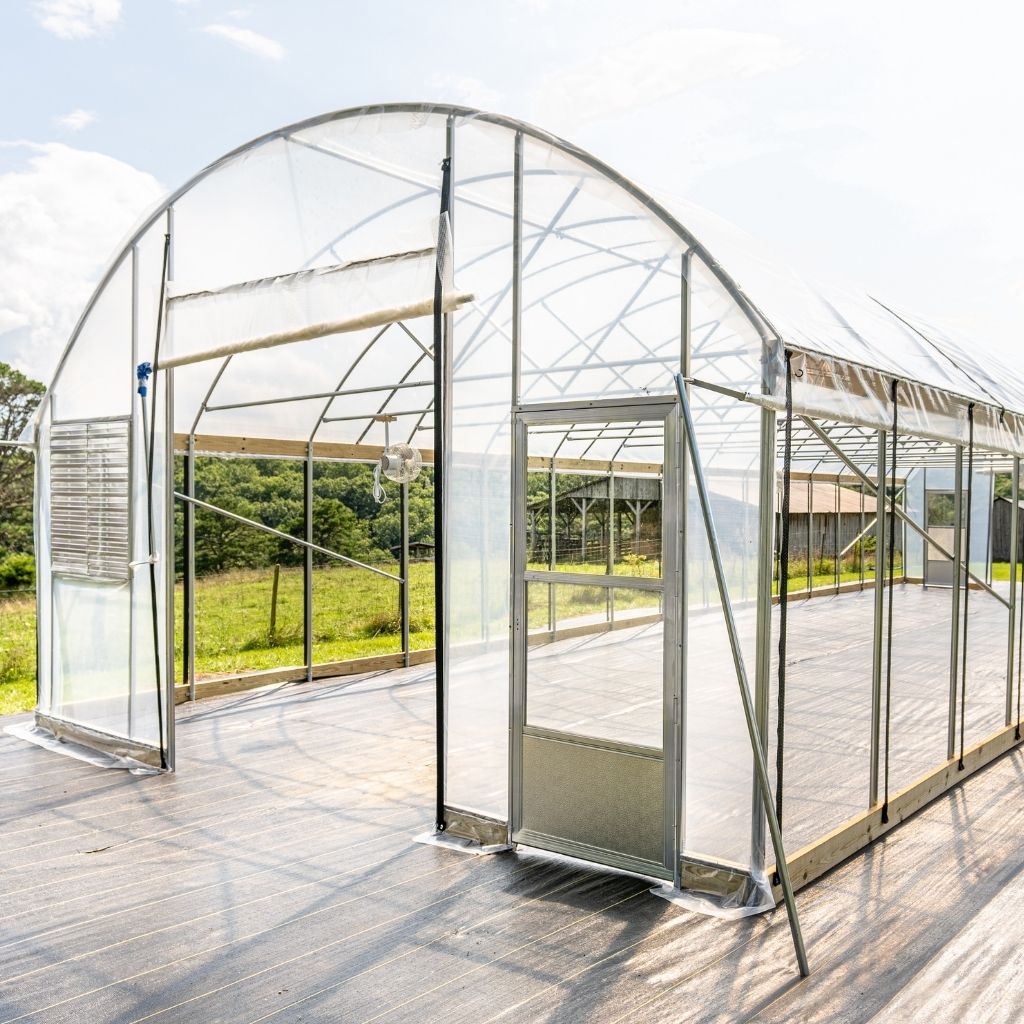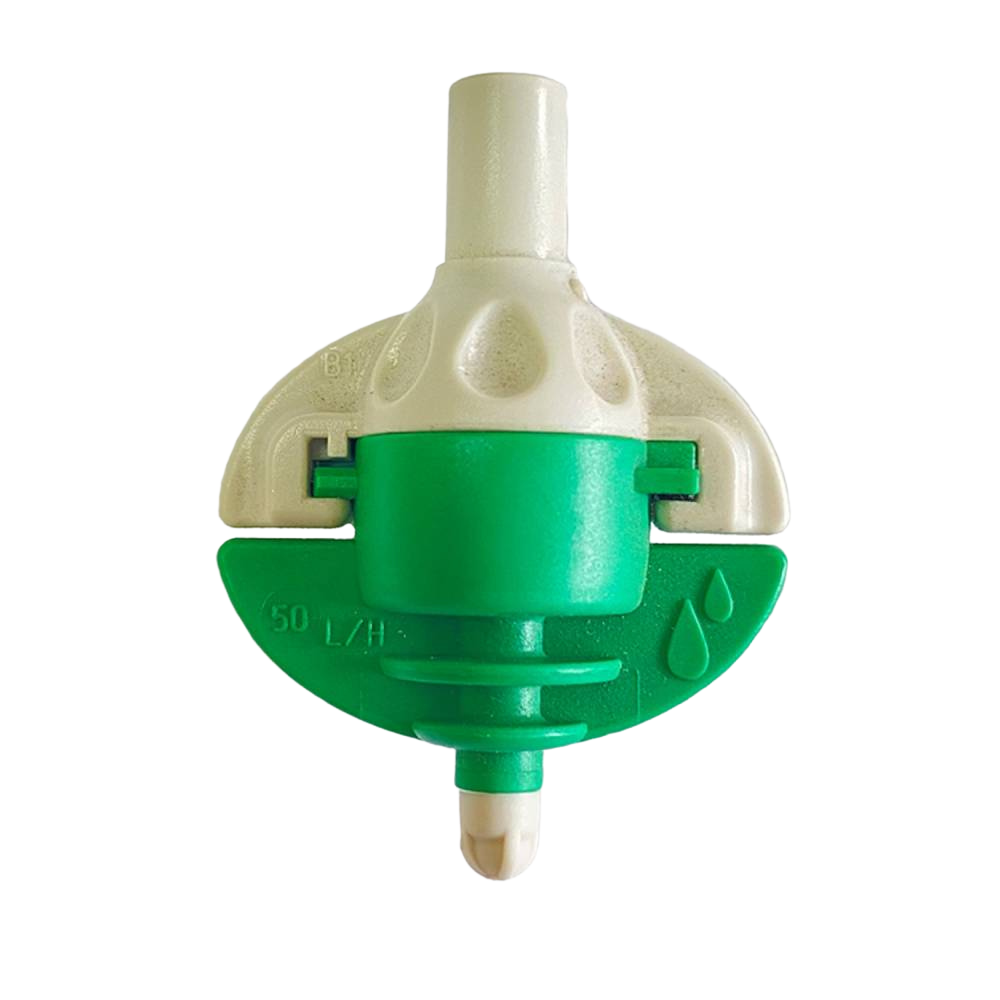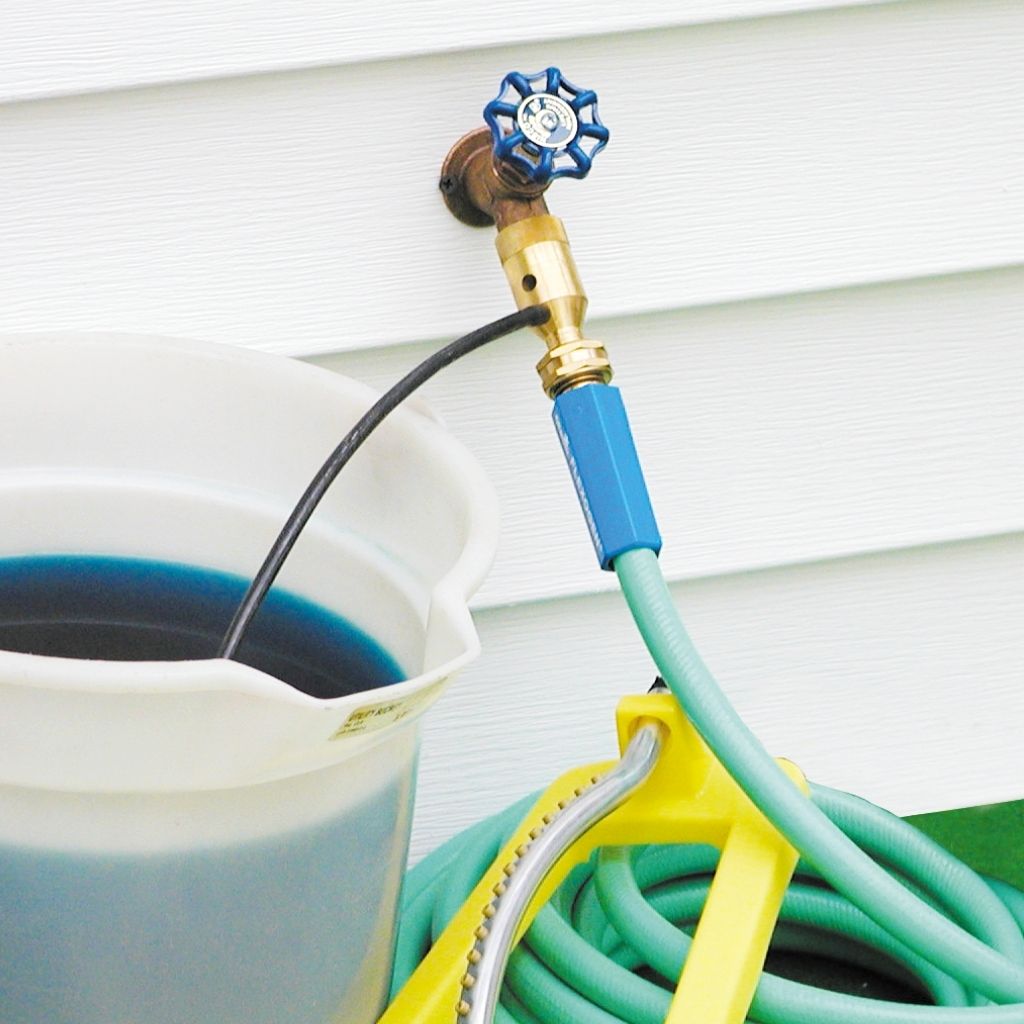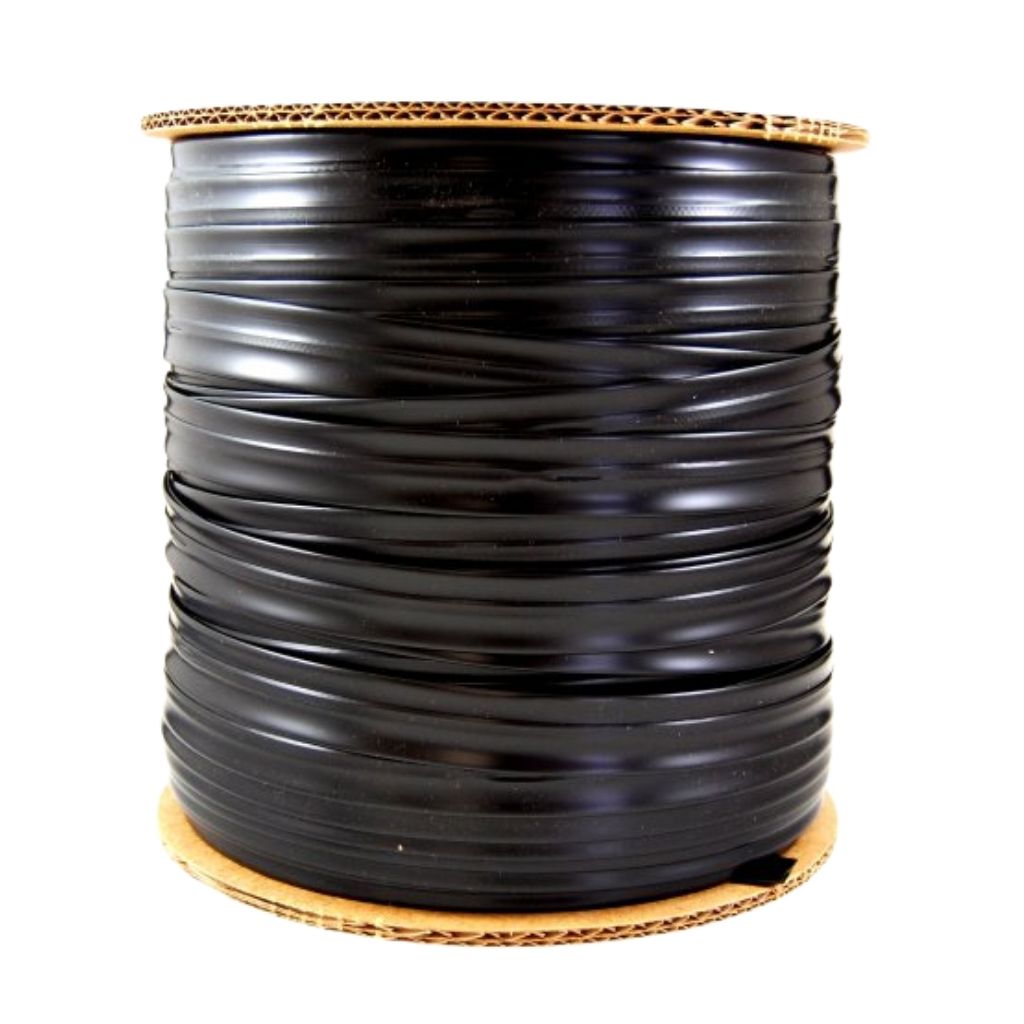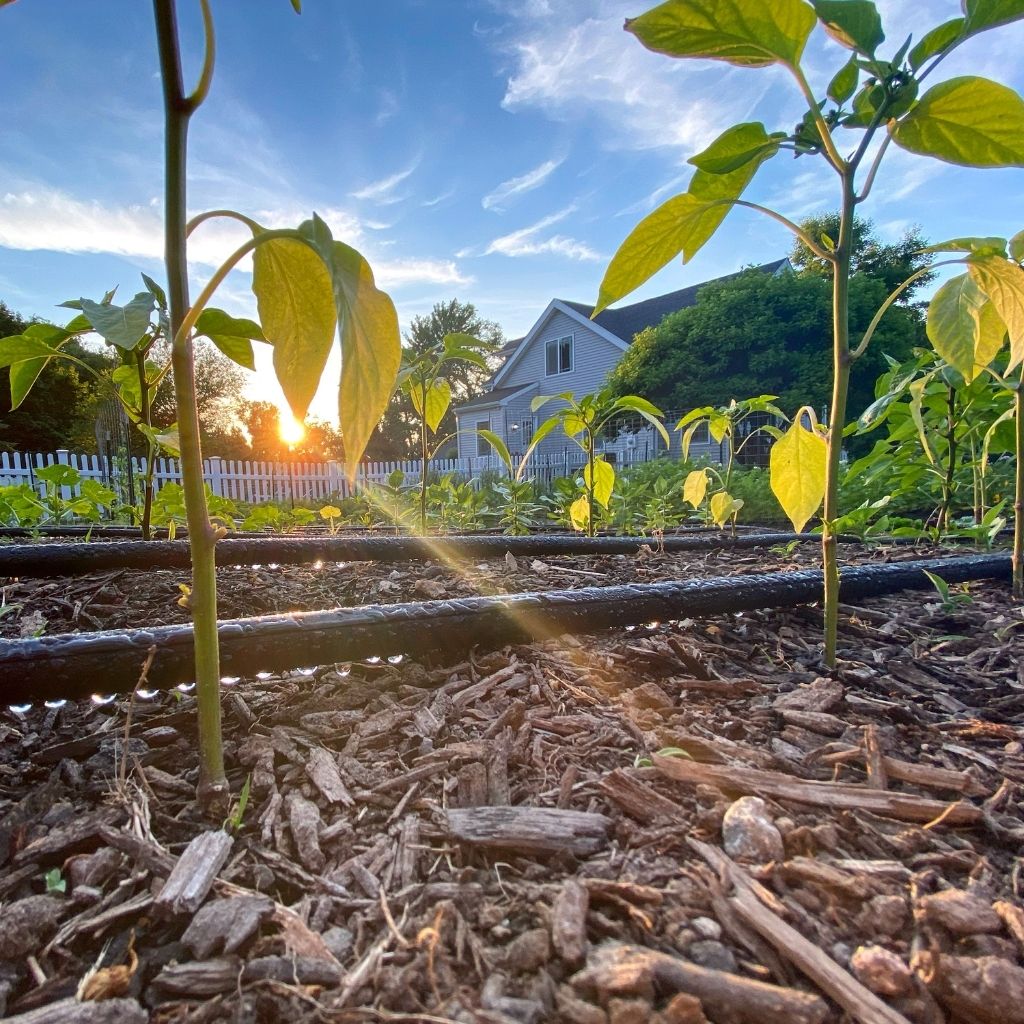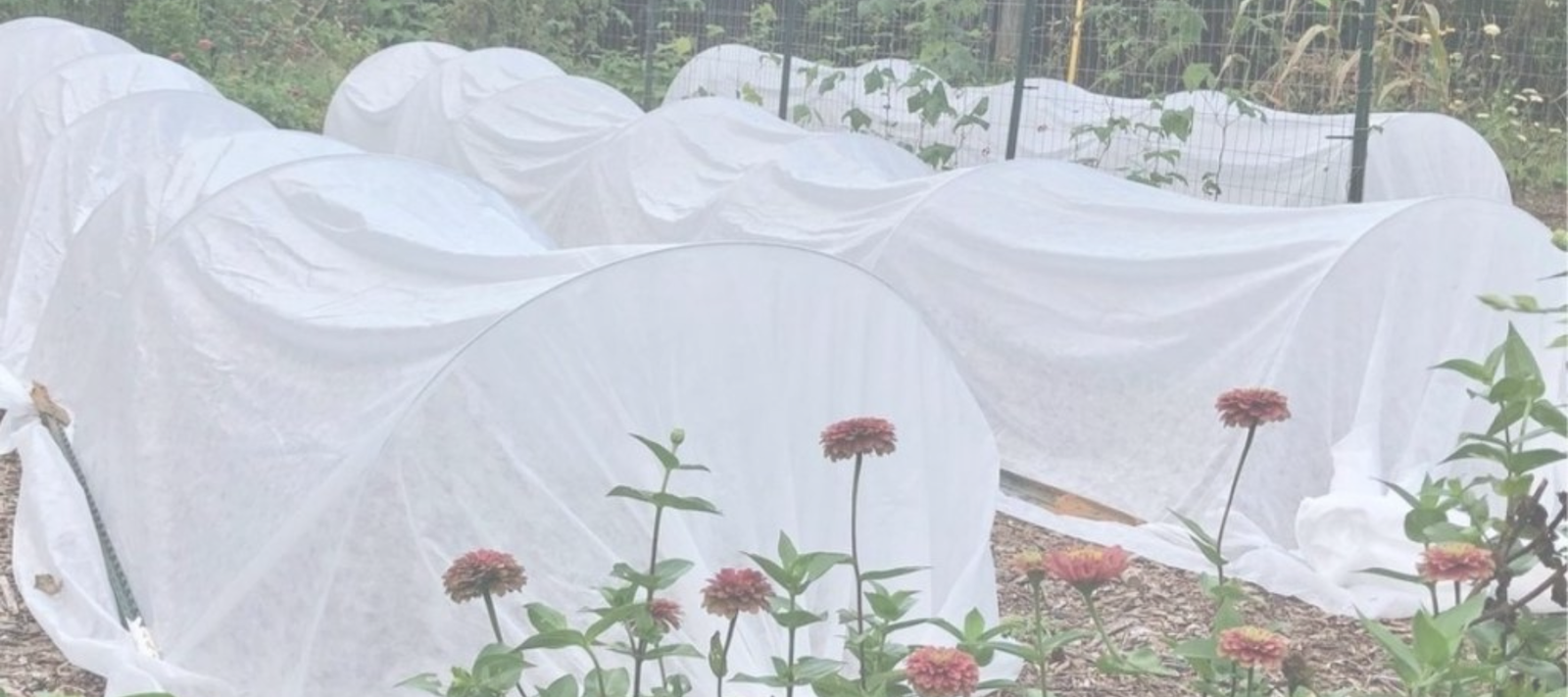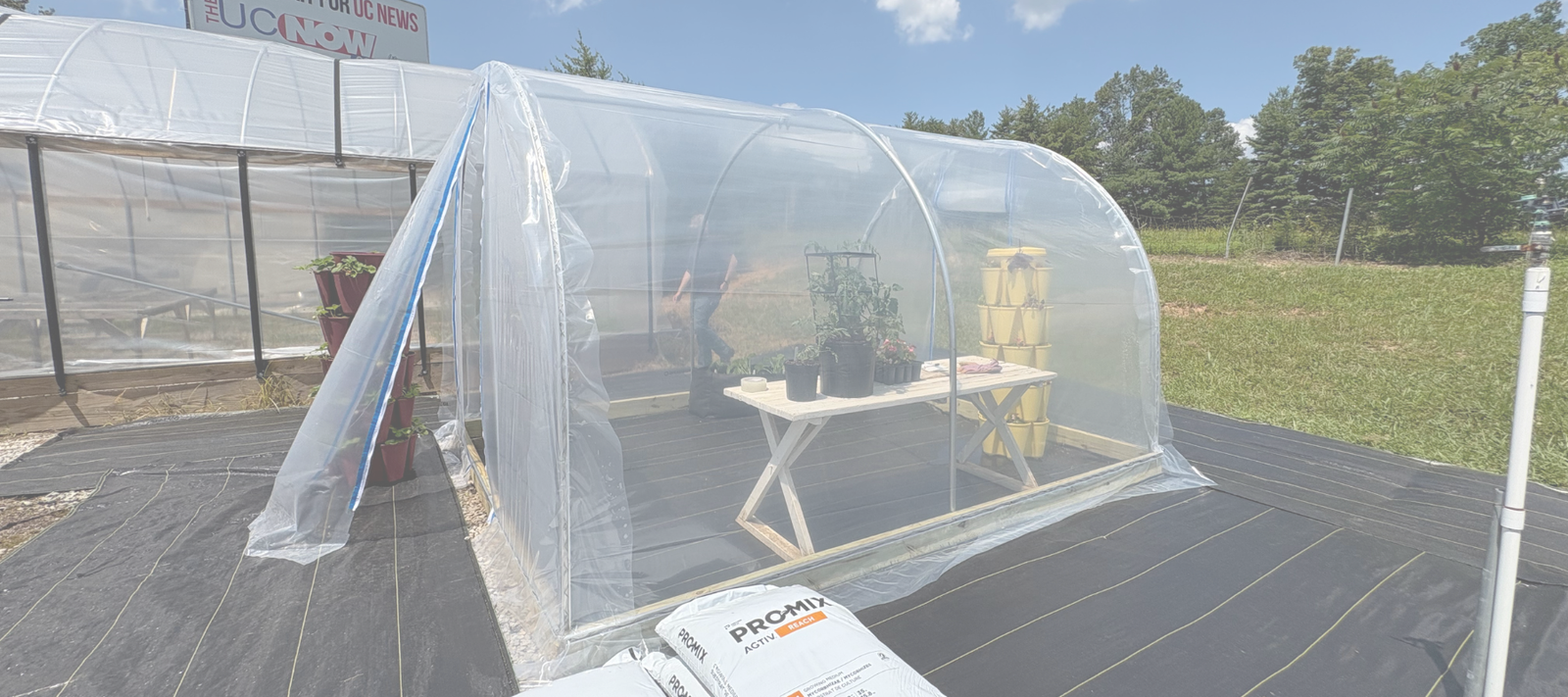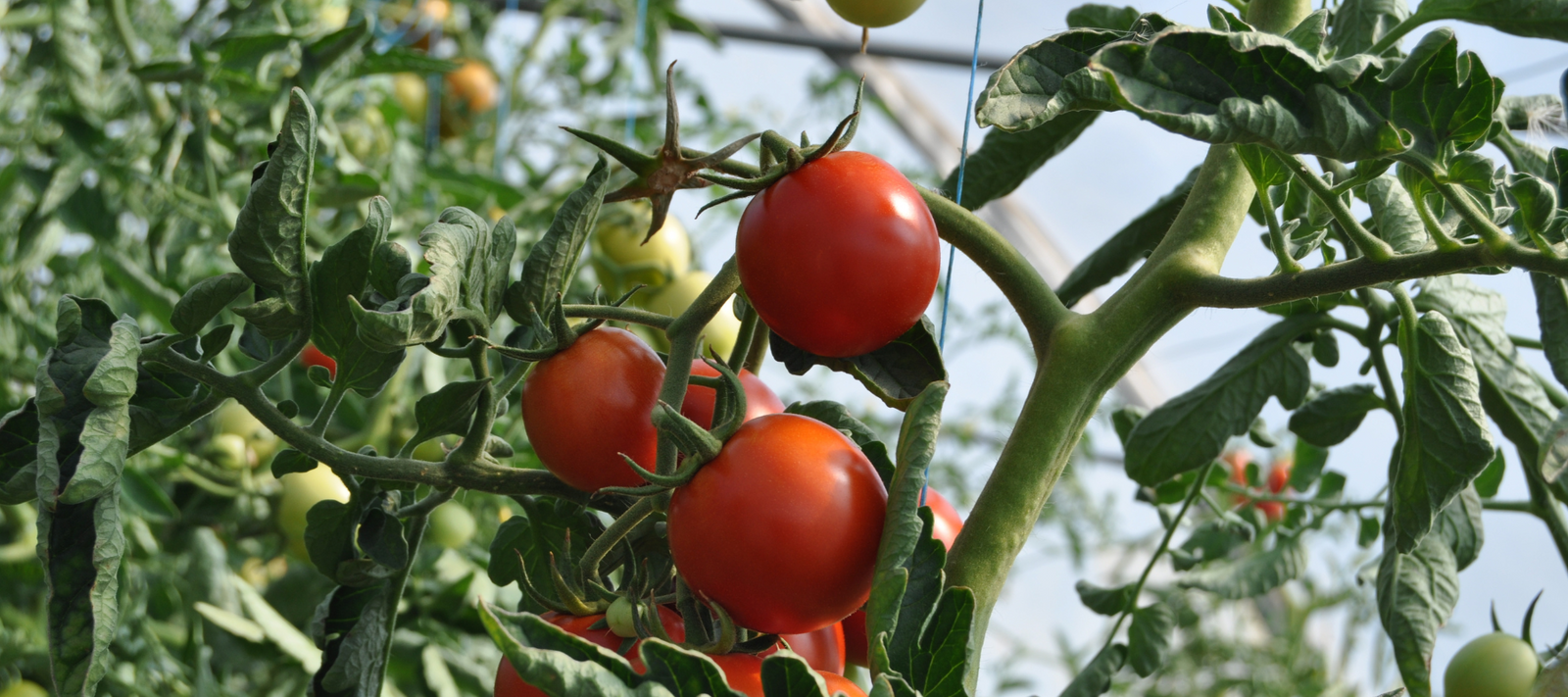Dramm Syphonject Instructions and Troubleshooting
Dramm's Syphonject draws a concentrated solution from a bucket through a flexible suction tube and then dilutes it with the passing water stream at an approximate ration of 16 parts water to 1 part concentrated solution.
The 16:1 dilution ratio is directly related to the amount of water pressure available through your garden hose. As water pressure increases, the dilution ratio will increase. Dramm recommends that you determine the exact dilution ratio of your Syphonject with your available water pressure, hose and choice of nozzles. For more information on how to do this, see below.
CAUTION! Do not use the Syphonject to apply pesticides, fungicides or poisons. Do not drink from a hose that has had fertilizers, chemicals or any other solutions through them. Follow all manufacturer's recommendations. Detach the Syphonject from your faucet after use.
Mixing a Concentrated Solution
Determine how much solution you will need. Certain fertilizers require an application of a specific amount of product over a specific area. Follow the manufacturer's recommendations. Prepare a water/fertilizer solution that is 16 times stronger than the rate normally used. For each gallon of water used in your solution, mix in 16 times the manufacturer's recommended rate of fertilizer. For each gallon of concentrated solution you prepare, your Syphonject will apply 16 gallons of correctly diluted solution.
Determine the ratio of your syphonject.
What you will need:
- A large container you know the Volume of (Example 5 Gallon Bucket)
- A Small container you know the volume of (Example 1 Quart Bottle)
- Set up the Syphonject on the Faucet. Connect the hose to it.
- Fill the small container with clear water (example 1 Quart) and place the small black siphon hose into it.
- Hold the end of the hose in the large container (example 5 Gallon Bucket)
- Turn on the water and fill the large container until the small container is empty.
- Measure the amount in the large container (Example 4 Gallons)
- Calculate the ratio. 4 gallons (16 Quarts) to 1 Quart = 16: 1
Troubleshooting
If the syphonject appears to be malfunctioning do a simple test to determine that no other external conditions are effecting this device.
- Attach the syphonject to a faucet that is connected to a building.
- Attach a to 5/8 inch round garden hose to the syphonject. Do not put any devices on the end of hose.
- Use a small container and fill with water, put the black siphon hose in it.
- Turn on the water.
- If the siphon action does not occur than the unit if defective. If it does work than there is some external problem.
Frequently Asked Questions
Why doesn't my syphonject draw up the fertilizer
- The hose is longer than 50 feet so very little back pressure is created.
- The device on the end of the hose is not allowing the 6 gallons per minute flow to occur.
- The hose used is a coiled or flat type of hose. These types of hoses are all low volume hoses that do not allow the 6 gallons per minute flow.
Why does water leak from the hole on the side of the syphonject?
- The hose is longer than 50 feet. The back pressure is to low.
- Water pressure is to low, below the 35 psi minimum water pressure.
Why is there a square plastic piece inside of the syphonject?
This plastic piece is part of an anti-siphon system required by the federal government. If for some reason the pressure is lost from the water source instead of the fertilizer bleeding into the water system it will leak out of the hole on the side of the syphonject.
Can I add a Y to my faucet before adding the syphonject?
No, most units will restrict the flow of water below the minimum 6 gallons per minute.
Why does my pressure drop when using the syphonject?
Because to create a suction strong enough to draw up the fertilizer the water needs to be pushed through a very small hole which causes a reduction in water flow.


